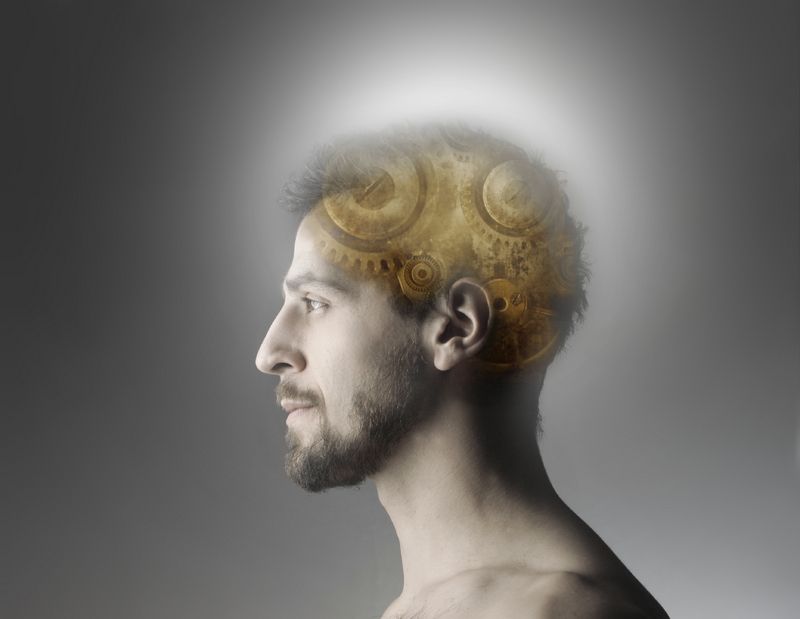Hundreds of Genes Involved in Autism, Many with Similar Roles

There may be hundreds of genes involved in autism, but it's likely that each accounts for only a small number of cases. So the mysterious condition may be better illuminated by studying the roles of these genes in brain development and signaling, rather than by exhaustively searching the human genome for clues, a new study suggests.
What is in common among the scores of genes implicated in autism is that they're involved in few brain functions, the study showed. They govern what happens in the neurons and in the synapses — which are the tiny spaces between neurons — when those nerve cells are sending signals.
"If you're driving a car, there could be many things that cause the car to steer inappropriately," such as damage to steering column, driver error or high winds, said study researcher Peter White, director of the Center for Biomedical Informatics at The Children's Hospital of Philadelphia. So rather than trying to catalog each possible cause of the malfunction, the important thing is to figure out how to get the car to steer correctly, he said.
Scientists had hoped to find genes that played large roles in autism, but that search has been frustrating, White said. While a few promising leads have turned up — for example, an earlier study by researchers at his hospital found two genes that may be involved in up to 15 percent of autism cases — most of the genes that researchers have found are involved in a very small percentage of cases.
But because the disorder is so highly heritable, the search for genetic clues continued.
"So we tried something different," White said. "We asked, Is there anything in common in the genes that are disrupted?"
The researchers looked for genes that had "copy number variants" in people with autism. A cell normally has two of every gene: one copy that people inherit from their mother, and the other from their father. But often there are extra or missing copies, and anytime the total number varies from two, the person is said to have a copy number variant (CNV).
Sign up for the Live Science daily newsletter now
Get the world’s most fascinating discoveries delivered straight to your inbox.
In comparing the genes of 1,224 children who had autism with those of 2,271 of their parents and of 3,801 children without autism, the researchers found nearly 800 CNVs unique to the children with autism.
Some of the variants were so rare they appeared in only one family. "But they had something in common that they did in the human body: They were involved in brain development, synapse formation or the transmission of signals through nerves," White said.
Previous studies had suggested these few processes were involved in autism, but this study linked a high number of CNVs directly with the processes.
In one sense, the finding was not what researchers had hoped for.
"There are dozens or hundreds of genes involved in autism. That makes studying the genetics of it more challenging," White told MyHealthNewsDaily. It also means it would be very difficult to ever develop a genetic test for the disease, he said.
"But the good news is that many genes are involved in the same processes" — because that means treatments could be developed that focus on fixing those processes.
For example, the study showed a type of nerve signaling that relies on a chemical called glutamate may turn out to be more important than has been believed, so drugs that target glutamate signals may be one way to approach developing treatments for autism, White said.
The study is published online today (March 1) in the journal Molecular Psychiatry.
Follow MyHealthNewsDaily managing editor Karen Rowan @karenjrowan. This story was provided by MyHealthNewsDaily, a sister site to LiveScience.











